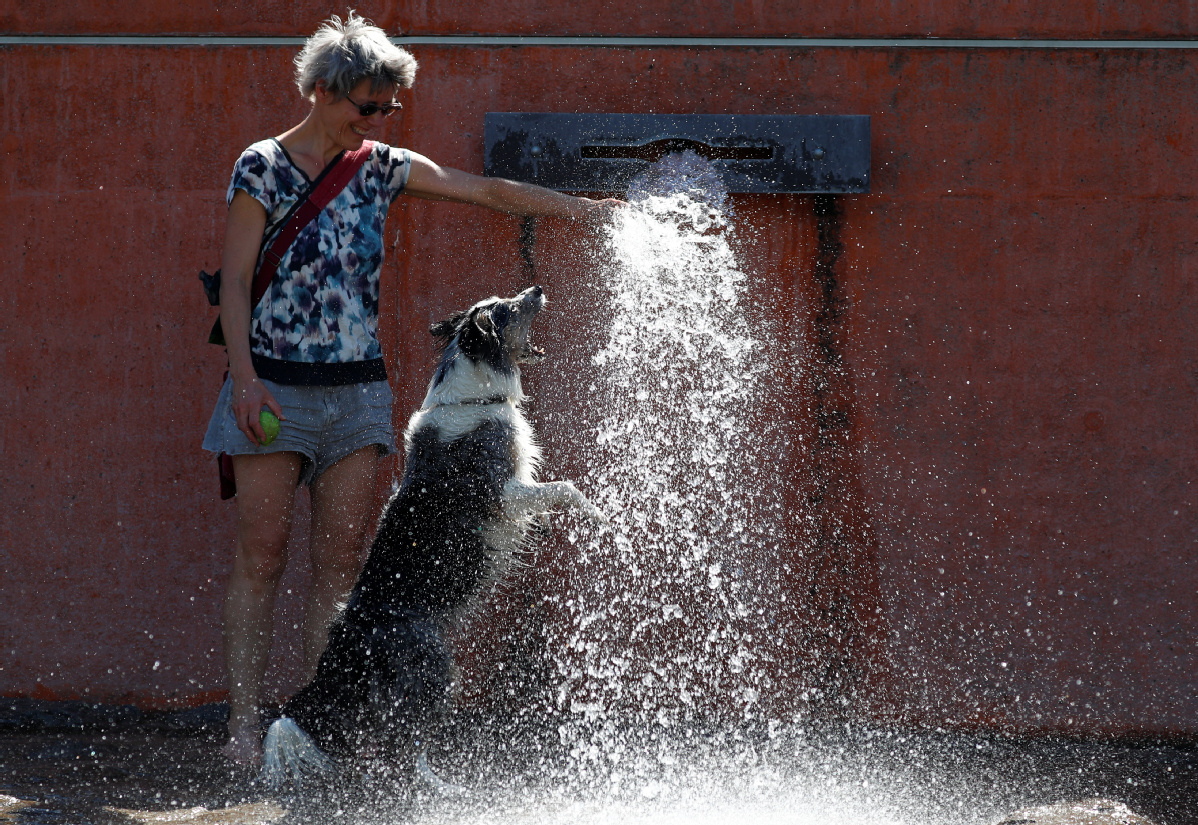Dogs hot on the trail of covid-19 cases


Andrew Whitby-Collins, MDD's chief operating officer, said: "If our research is successful, COVID-19 detection dogs could be deployed in public places such as airports. This would help prevent a second wave of the disease after we have brought the present pandemic under control."
A well-trained bio-detection dog can be used to assess 250 people in an hour, Whitby-Collins said.
If stationed at transportation hubs during the pandemic, the animals could conduct valuable primary screening for COVID-19 infection, swiftly working on long lines of travelers and indicating those who need to be tested for disease by sitting next to them or pointing their noses at them.
James Logan, the project's principal investigator and head of the Department of Disease Control at the London School of Health and Tropical Medicine, said the venture could have a significant impact and even lead to the rapid detection of asymptomatic COVID-19 cases.
Logan and MDD chief executive Claire Guest pitched the idea of COVID-19 sniffer dogs earlier this year.
Since then, they have received 500,000 pounds ($626,150) in funding from the UK government and also interest from some 80 organizations worldwide, including dozens of dog trainers and border control agencies. The team is in talks with Heathrow and Gatwick airports in London about using the dogs to screen travelers arriving in the UK.
In addition to helping identify those who need to be tested, the team said a dog detection program could provide valuable data for local and overseas public health authorities. For example, if detector dogs at an airport establish that a certain number of passengers on a plane from a particular destination have the virus, this information could be used to identify emerging hotspots and help prevent the rapid spread of COVID-19.
"But first, we have to demonstrate that COVID-19 has an odor. It should have, but we have to prove it," Logan said.
























